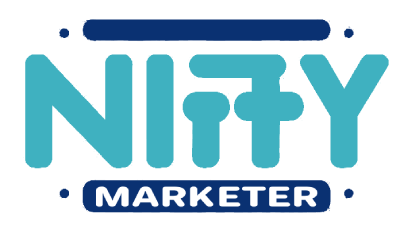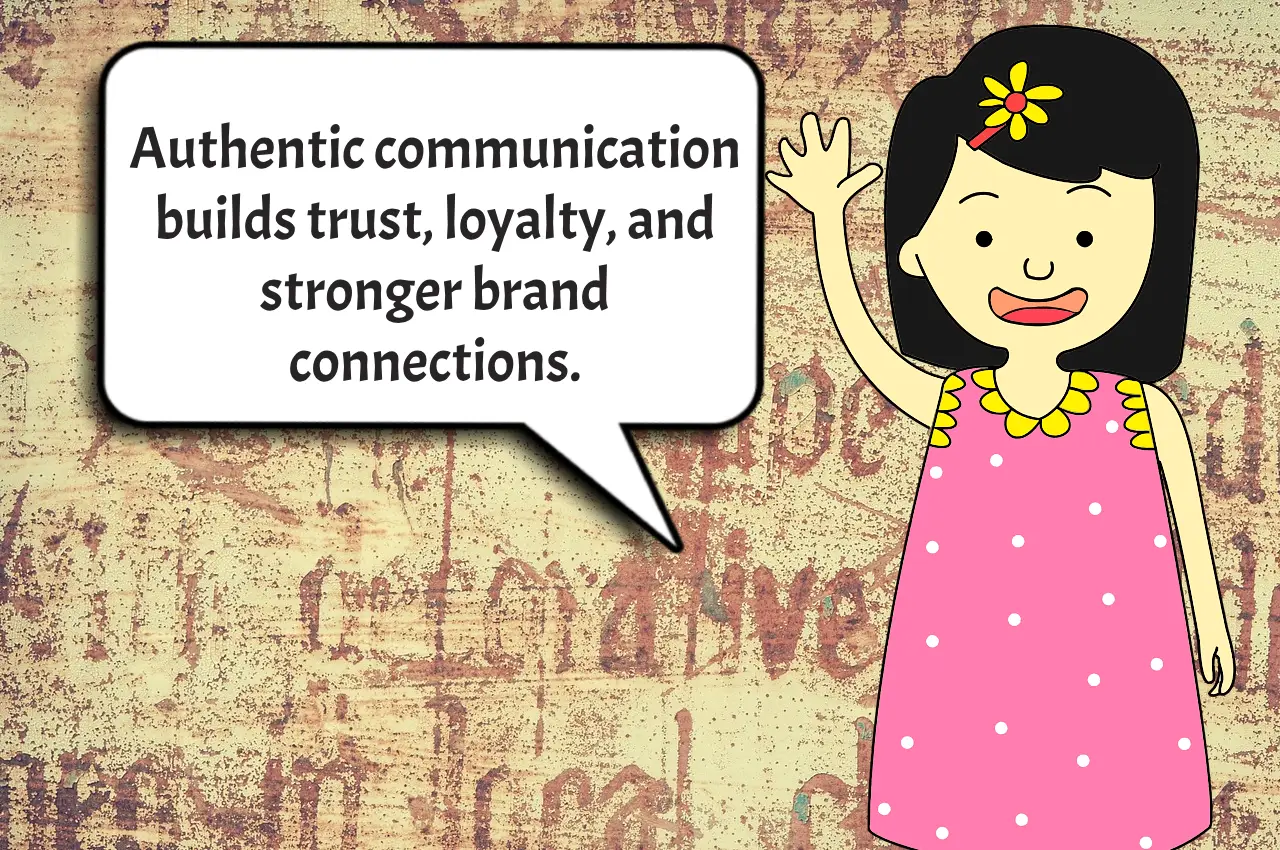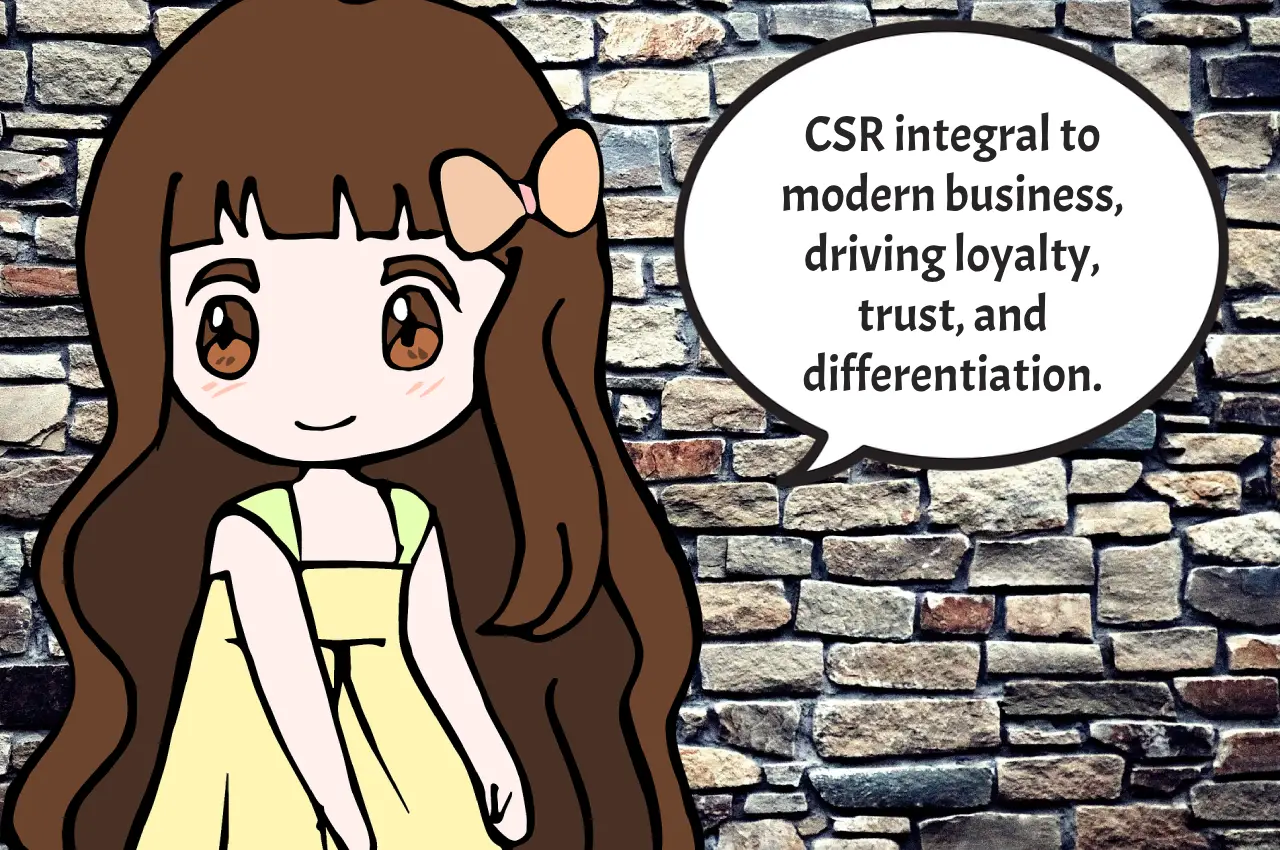Brand extension is like a tightrope walk in the business world. It’s thrilling but risky. Done right, it can lead to new heights. Done wrong, it can tarnish your brand. Let’s dive into how to leverage your brand’s equity smartly.
Understanding Brand Extension
Brand extension is when a brand steps into a new market. Think of Apple moving from computers to smartphones. It’s not just about launching a new product. It’s about telling a story where your brand is the hero in a new chapter.
Why Extend Your Brand?
Brand extension can breathe new life into your business. It opens up new markets. It keeps your brand relevant. And most importantly, it leverages your existing brand equity.
The Golden Rules of Brand Extension
Stay True to Your Core: Your new venture should feel like a natural step, not a leap. For instance, when BMW ventured into electric cars, it wasn’t random. It aligned with their reputation for innovation in engineering.
Understand Your Audience: Know what your customers love about your brand. Use this to create products that resonate. When LEGO started producing movies, they knew their audience’s love for storytelling.
Quality is Key: Your new product should match the quality of your existing ones. If it falls short, it can hurt your entire brand. Consider Google’s consistent quality across various tech products.
Coherent Branding: Your new product should align with your brand’s image and values. When Starbucks launched coffee ice cream, it felt right because it echoed their coffee expertise.
Market Research is Crucial: Don’t assume your brand’s strength alone will ensure success. Research the new market thoroughly. McDonald’s successful launch of McCafé owed much to understanding the coffee shop market.
Success Stories
Let’s look at some real-life examples.
Apple’s Leap into Music: Apple’s move into music with the iPod and iTunes was brilliant. They understood their audience’s evolving needs and leveraged their tech expertise.
Amazon’s Echo of Success: Amazon, known for e-commerce, successfully entered the tech gadget market with the Echo. Their deep understanding of consumer behavior played a key role.
Risks and How to Avoid Them
Brand extension is not without its pitfalls.
Overextension: Stretching your brand too thin can confuse customers. Remember, not every industry is a good fit for your brand.
Diluting Brand Value: If the new product fails, it can hurt your brand’s reputation. Continuous quality and relevance are crucial.
The Importance of Adaptability
In brand extension, adaptability is key. Markets change, and consumer preferences evolve. Brands must be ready to adapt their strategies and products accordingly. A great example is Netflix’s shift from DVD rentals to streaming. They adapted to changing consumer behaviors and technology, revolutionizing the entertainment industry.
Emphasizing Brand Story in Extension
Your brand story is your identity. It’s what sets you apart. When extending, weave this story into new products or markets. This creates a deeper connection with your audience. Disney’s theme parks are a perfect example. They extend the magic of their movies into real-world experiences.
Balancing Risk and Reward
Brand extension involves balancing risk and reward. It’s about calculated risks. Ensure there’s enough market demand before diving in. Use pilot programs and market tests to gauge success potential. This approach minimizes risk while exploring potential rewards.
Integrating Customer Feedback
Engage with your customers. Their feedback is invaluable. It helps in refining your product and strategy. Involve them in the development process through surveys or beta tests. This not only improves the product but also builds customer loyalty.
Innovative Marketing Strategies
When extending your brand, think out of the box in marketing. Use innovative strategies to introduce your new product. Social media campaigns, influencer partnerships, or unique events can create buzz and attract attention.
The Role of Partnerships in Brand Extension
Sometimes, partnerships can boost brand extension. Collaborating with other brands can open up new markets and share risks. Look for partners who complement your brand and share similar values. This can lead to a win-win situation.
Measuring Success
Measure the success of your brand extension. Use metrics like sales, market share, customer feedback, and brand perception. This data helps in making informed decisions for future strategies.
Planning for Long-Term Success
Brand extension is not just a short-term strategy. Plan for the long term. Ensure that your extension is sustainable and can evolve over time. This foresight can lead to enduring success and brand longevity.
Leveraging Brand Equity for Growth
Your brand’s equity is its most valuable asset. It’s the trust and recognition you’ve built over time. Use this equity as a foundation for your new venture. It’s like having a trusted friend introduce you to a new circle.
Creating a Seamless Brand Experience
Ensure your brand experience is consistent. Whether it’s a product or service, it should feel like it’s part of the same family. This consistency builds trust and loyalty.
Learning from Failures
Not every brand extension is a success story. Learn from others’ mistakes. For instance, Harley-Davidson’s perfume line strayed too far from their core. It confused customers and diluted their brand.
Your Turn to Extend
Brand extension, when done right, can be a game-changer. It’s about understanding your brand’s core, knowing your audience, and maintaining quality. Remember, it’s not just about diversifying. It’s about strategically growing your brand. Now, think about your brand. What new markets can you explore? How can you leverage your brand’s equity to grow? Remember, brand extension is an adventure. It’s about taking your brand to new places while staying true to its roots.
Are you planning a brand extension? What challenges do you foresee? Share your thoughts and let’s discuss the best strategies for your brand. Your insights could inspire others!





